Lamborghini, l’alchimie du style et de la performance
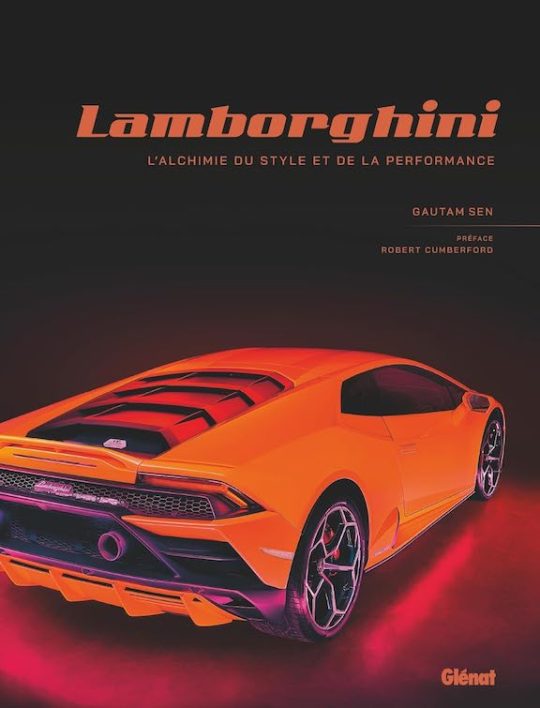 by Gautam Sen
by Gautam Sen
(French) French publisher Glénat realized that 2023 was the 60th anniversary year of the unveiling of the first Lamborghini prototype and so (pro)actively made an effort to have a suitable book of their own on tap.
That car was the 350 GTV at the 1963 Turin Auto Show, and it was not at all ready for primetime—unlike this book which is derived from the two-volume Dalton Watson opus by the same author a year before.
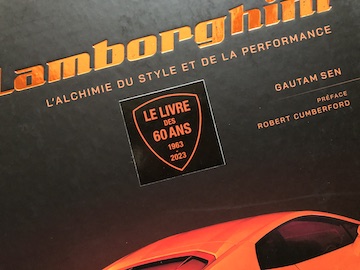
The 60-year sticker may not be on all books.
To begin by saying this book is a “lower-end” adaptation of that magisterial 780-page Dalton Watson production is not in the least meant to imply any sort of deficiency but instead praise for a good idea, well executed. When done right, and with the right intentions, such a project has merit because it gives a deserving book a life on another stage. If anything, it should happen more often!
In this case, more important than the mere specs (basically, fewer pages = fewer Euros) is that a fine book is now available to a new market and a new demographic. Lamborghini is an Italian brand so you would think it normal if this the most thorough Lambo book to date had been translated into Italian. But French? If it surprises you that an author you know as a pillar of the Indian auto journalism scene who has written thousands of pages in English has a French book in him you’ve probably forgotten that Sen has lived in France for decades (see the review of his Tom Tjaarda book for an explanation). Even so, the book has a native translator, Serge Cordey, founder and former editor of the French edition of Classic & Sports Car magazine.
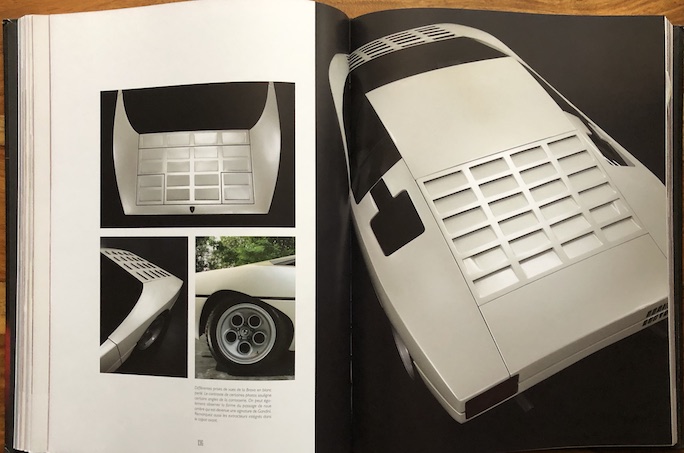
The French book contains many fewer photos, and at a smaller size than the English original but no corners have been cut in terms of high-impact page layout. Why squeeze a bunch of small images onto the righthand page when this big one is so emblematic of Lamborghini design? Same below.
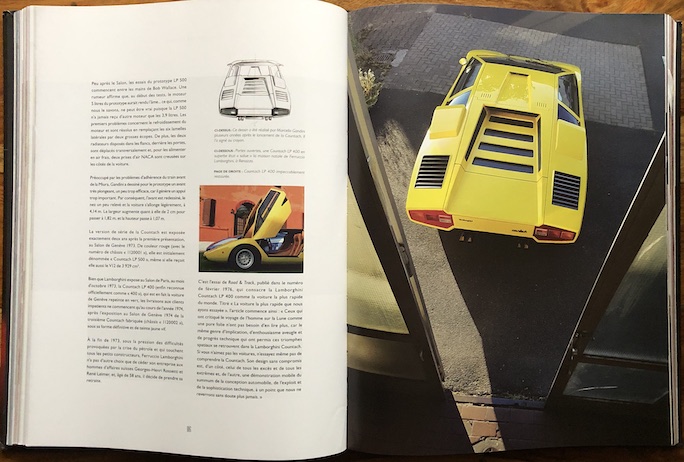
Considering how many moving parts have to align just right for such a Big Book/Little Book project one would think there had to have been some master plan for this approach all along, but there wasn’t. And any publisher that may want to get in on this with additional translations would now be late to the 60th anniversary party! Kudos to Glénat for threading the needle in time.
Do take a look at the review of the Dalton Watson book to better appreciate how high a bar it set, and also to appreciate that while the French book is a fully formed thing unto itself, an adaptation is not the same thing as a blank-page project. Here’s a truism: turning something big into something small is much harder than the other way around. It’s not just a matter of cutting words and losing pictures but having to recalibrate the whole of the contents to preserve functionality and internal logic, akin to composing a new piece of music with fewer notes (recall here Mozart’s indignant reply to his patron in the movie Amadeus!) that is still harmonious, and in the case of a nonfiction book still true to history and fact and objectivity. This book does that so well that those who don’t speak French may wish they did! Heck, at that low price, get it anyway!
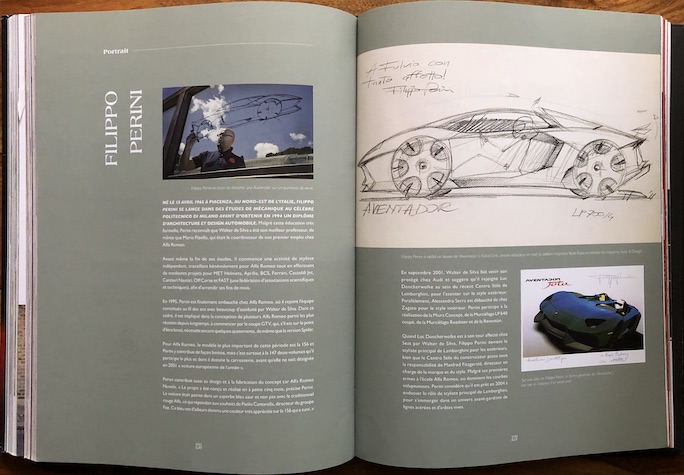
Sidebars present several designers.
Now, not every author has it in him to prune his own precious words, especially if the source material was so supremely excellent precisely because it had been given space to connect all the dots. One can’t help but think that Sen’s start as a magazine journalist has given him a very specific skill set: the discipline to “write to fit” the available space.
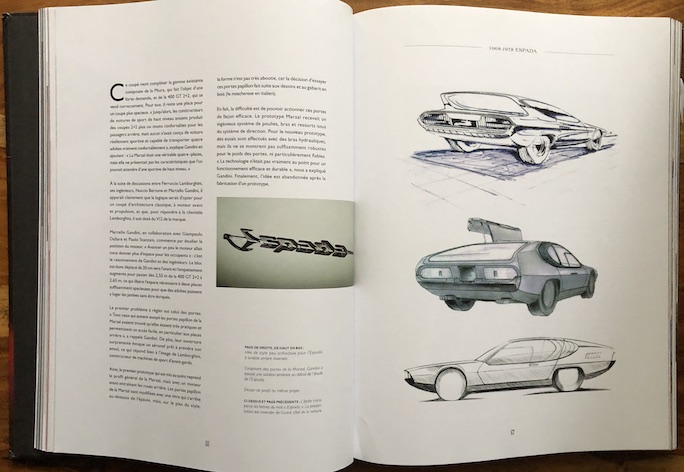
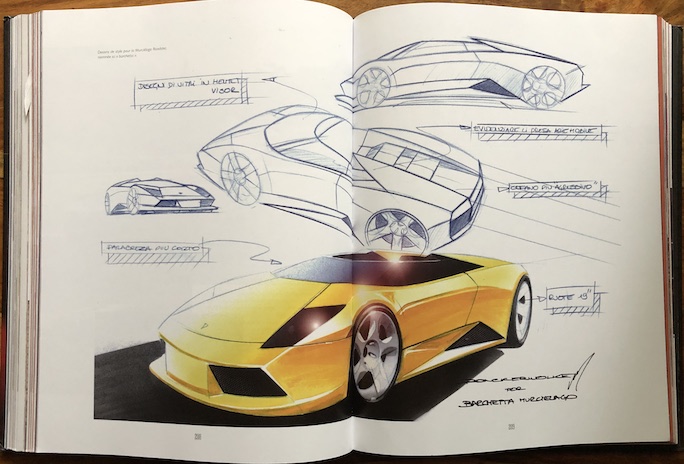
The Glénat book follows the same thematic order as the DW original, but with less textual detail and fewer illustrations. The only item that is entirely missing is the discussion of the TP400, unveiled in 1965 as a naked chassis to better demonstrate its radical arrangement of components. Even the Foreword by Robert Cumberford and the Bibliography have been preserved. That the Index has been eliminated is not for reasons of space but because Europeans simply don’t seem to see the point of this essential feature. On the other hand, only the French version has a listing of worldwide Lamborghini clubs, with a page-long description of just the French club. Oh, and here’s a useful touch: the cars listed on the Table of Contents have their production years next to them!

Glénat has only a small transportation portfolio, and no English/bilingual titles. They are no strangers to translating German and English books, the originals of many of which we have reviewed here but this Lamborghini adaptation is surely their most ambitious yet.
Copyright 2023, Sabu Advani (speedreaders.info).


 RSS Feed - Comments
RSS Feed - Comments


















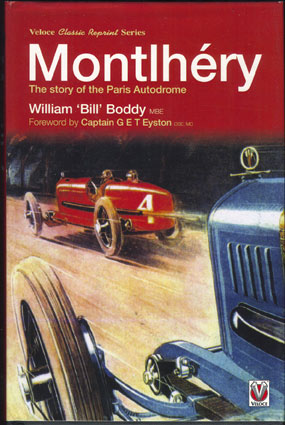






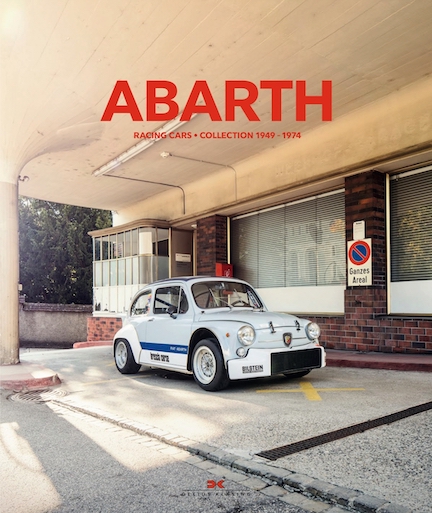
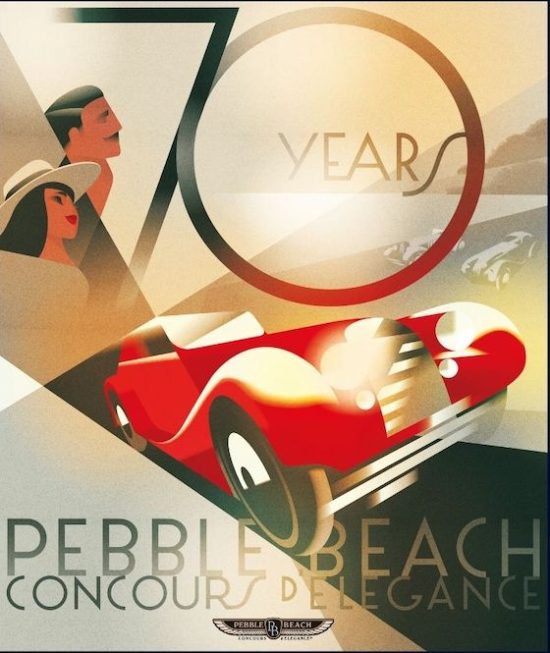











































 Phone / Mail / Email
Phone / Mail / Email RSS Feed
RSS Feed Facebook
Facebook Twitter
Twitter